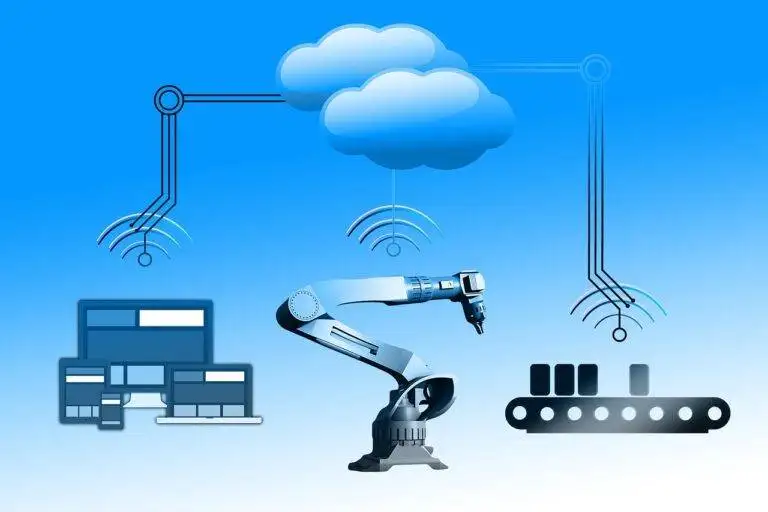Tech and the Environment: Reducing Carbon Footprints
One effective way to reduce energy consumption in tech devices is by adjusting the power settings. Simply lowering the brightness of your screen, shortening the auto-lock time, and disabling unnecessary background apps can make a significant difference in energy usage. These small changes can lead to a decrease in power consumption without compromising the functionality of your device.
Another strategy to cut down on energy consumption is by using energy-efficient chargers and power adapters. Opting for chargers that are specifically designed to minimize energy wastage can help in reducing the overall electricity usage of your devices. Additionally, unplugging chargers when not in use and avoiding overcharging your devices can further contribute to conserving energy and reducing your carbon footprint.
The Impact of E-Waste on the Environment
Electronic waste, also known as e-waste, poses a severe threat to the environment due to its toxic components and improper disposal methods. When discarded improperly, e-waste releases harmful substances such as lead, mercury, and cadmium into the soil and water, contaminating ecosystems and harming human health. This pollution not only affects the immediate surroundings but can also lead to long-term repercussions for future generations if not managed effectively.
Furthermore, the fast-paced turnover of electronic devices contributes to the exponential growth of e-waste, exacerbating environmental concerns. As consumers constantly seek newer and more advanced technologies, older devices are often discarded, adding to the ever-increasing e-waste stream. Without proper recycling and disposal measures in place, the mounting accumulation of e-waste poses a significant challenge to the environment, highlighting the urgent need for sustainable solutions and responsible electronic waste management.
• Improper disposal of e-waste releases harmful substances like lead, mercury, and cadmium into the environment
• Contaminates ecosystems and harms human health
• Long-term repercussions for future generations if not managed effectively
• Fast turnover of electronic devices contributes to exponential growth of e-waste
• Older devices discarded as consumers seek newer technologies
• Mounting accumulation of e-waste poses significant challenge to the environment
Green Data Centers: How Technology is Advancing Sustainability
Green data centers have emerged as a key player in advancing sustainability efforts within the tech industry. By implementing innovative technologies and strategies, these data centers are significantly reducing their environmental impact. One such example is the use of advanced cooling systems that are more energy-efficient, resulting in lower electricity consumption and carbon emissions.
In addition to improved cooling systems, green data centers are also utilizing renewable energy sources to power their operations. Solar panels, wind turbines, and hydroelectric power are being increasingly integrated into data center infrastructure to reduce reliance on fossil fuels. This transition to renewable energy not only lowers operational costs but also helps in creating a more sustainable and eco-friendly data center ecosystem.
What are some ways to decrease energy consumption in tech devices?
Some ways to decrease energy consumption in tech devices include using energy-efficient hardware, turning off devices when not in use, enabling power-saving settings, and utilizing virtualization technology.
How does e-waste impact the environment?
E-waste, which includes discarded electronic devices, can release harmful chemicals and toxins into the environment if not properly disposed of. This can lead to pollution of air, water, and soil, posing health risks to humans and wildlife.
How are green data centers advancing sustainability?
Green data centers are advancing sustainability by implementing energy-efficient infrastructure, utilizing renewable energy sources, optimizing cooling systems, and recycling e-waste. These practices help reduce carbon emissions and minimize environmental impact.





